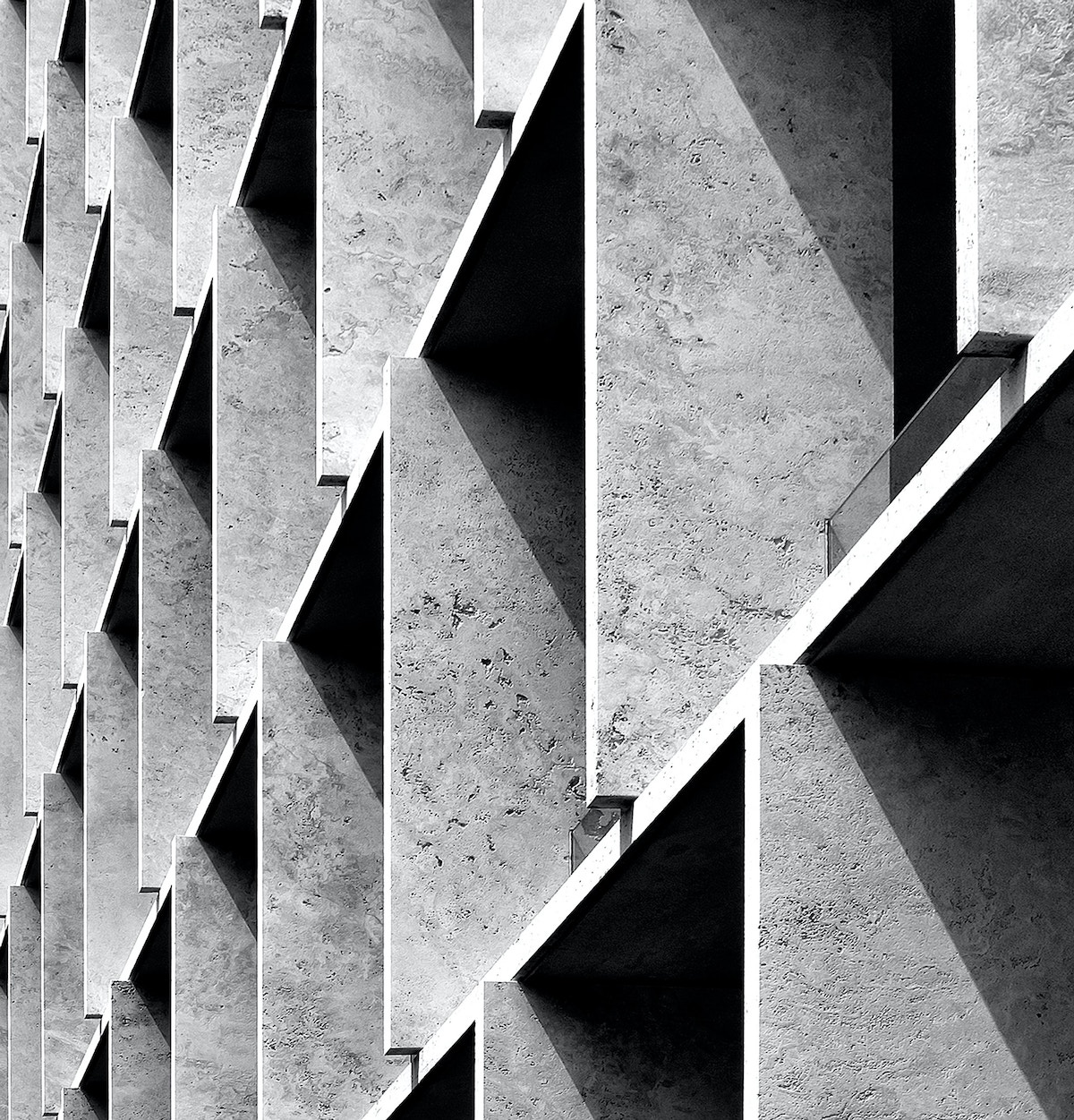Table of Contents
Infrastructure plays a vital role in the functioning and development of modern societies. From roads and bridges to drainage systems, every element contributes to our built environment’s overall efficiency and sustainability.
One often overlooked but critical component of infrastructure design is the box culvert. In this blog post, we will explore the power of box culverts how they reinvent how we approach infrastructure design and enhance efficiency.
Understanding Box Culverts
Box culverts are versatile structures for conveying water, pedestrians, or vehicles beneath roadways, railways, or other transportation corridors. A box culverts supplier can be found online
Unlike traditional pipe culverts, box culverts feature a rectangular or square cross-section, offering several advantages over their counterparts. These precast concrete or steel structures provide superior strength, durability, and load-bearing capacity, making them ideal for various infrastructure applications.
Reinventing Infrastructure Design
Box culverts have revolutionized the way we design and construct infrastructure projects. Their modular nature allows easy customization, enabling engineers to adapt the dimensions, shape, and load-bearing capacity to specific project requirements.
This flexibility has opened up new possibilities in infrastructure design, offering efficient solutions for stream crossings, stormwater management, pedestrian tunnels, and underground utility passages.
Moreover, the design of box culverts incorporates advanced engineering principles to ensure optimal performance. Engineers can create box culverts that maximize structural integrity while minimizing construction and maintenance costs by considering factors such as hydrology, hydraulic efficiency, soil conditions, and anticipated traffic loads. This innovative approach to infrastructure design sets the stage for efficient and sustainable projects.
Enhancing Efficiency
One of the critical benefits of box culverts is their ability to enhance the overall efficiency of infrastructure systems. Their wide rectangular or square openings facilitate a smoother water flow, reducing the risk of flooding and improving hydraulic performance.
Compared to traditional round pipe culverts, box culverts offer greater hydraulic capacity and can handle larger volumes of water, leading to reduced water velocity and potential erosion issues.
Additionally, box culverts are designed to withstand heavy loads. Their robust construction enables them to support the weight of vehicles and other transportation loads, ensuring long-term structural integrity and minimizing maintenance needs.
By incorporating box culverts into infrastructure projects, we can optimize efficiency, reduce operational costs, and enhance the lifespan of the overall system.
Sustainable Solutions
In an era where sustainability is paramount, box culverts provide environmentally friendly solutions. Using precast concrete or steel materials minimizes construction waste and energy consumption, resulting in a smaller carbon footprint than other culvert options.
Additionally, box culverts can be designed to accommodate green infrastructure elements such as bioswales or permeable pavements, contributing to stormwater management and water quality improvement efforts.
Furthermore, box culverts offer opportunities for integration with sustainable transportation solutions. For example, they can be designed to accommodate dedicated bike lanes or pedestrian walkways, promoting active transportation and reducing the reliance on motor vehicles.
By incorporating sustainability principles into box culvert design and implementation, we can create an infrastructure that meets functional needs and contributes positively to the surrounding environment.
Innovations in Box Culvert Technology
As technology advances, box culverts undergo exciting innovations that are revolutionizing infrastructure design. In this section, we explore the latest developments in box culvert technology, making them even more efficient and adaptable to the needs of modern construction projects such as:
- Prefabrication and Modular Systems;
- Integrated Monitoring and Smart Infrastructure;
- Sustainable Materials and Design;
- Computational Modeling and Simulation.
By embracing these innovations, box culverts are becoming more efficient, durable, and sustainable.
Prefabrication and modular systems streamline construction processes, while integrated monitoring and intelligent infrastructure ensure optimal performance and maintenance. Sustainable materials and design features contribute to eco-friendly infrastructure, and computational modeling allows for precise optimization and cost savings.
Conclusion
Box culverts are a game-changer in modern infrastructure design and efficiency. By embracing the power of box culverts, engineers and planners can unlock a world of possibilities in infrastructure development, ensuring a brighter and more efficient future for our built environment.
Image Credit: Photo by Ricardo Gomez Angel on Unsplash


